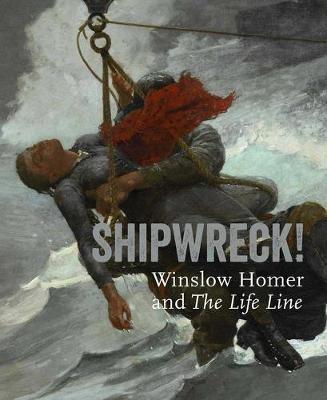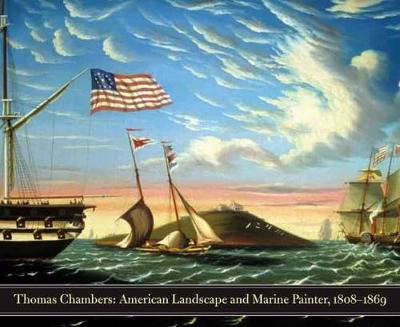Philadelphia Museum Of Art (Yale)
2 total works
The Life Line, a thrilling scene of rescue on stormy seas, firmly established Winslow Homer (1836–1910) as one of the leading American painters of his day, and one of the foremost maritime artists of all time. Combining a close analysis of Homer's masterpiece with an engaging look at the history of images of disaster and rescue in art and popular culture, Shipwreck! explores the making and meaning of an iconic American work of art.
Kathleen A. Foster locates The Life Line within the tradition of shipwreck paintings from the 17th century onward, as well as in relation to Homer's earlier work, which also featured themes of disaster, suspense, and salvation. This intriguing book presents new research that tracks Homer's delicate management of the figures' erotic embrace, and traces how the artist was influenced by popular contemporary images of drowning, rescue, and mourning as well as the development of new life-saving technologies.
Published in association with the Philadelphia Museum of Art
Exhibition Schedule:
Philadelphia Museum of Art(09/22/12–12/16/12)
Labeled as a traveling American folk artist when he was rediscovered in the mid-20th century, the mysterious Thomas Chambers here receives a fresh and creative reassessment. Although his distinctive sea- and landscapes appear in many American collections, little is known about this English-born painter, who arrived in New Orleans in 1832 and disappeared from record in the mid-1860s, leaving many paintings that later resurfaced in rural New York and Massachusetts. In this richly illustrated work, Kathleen A. Foster shows, however, that far from being simply an itinerant painter of folk art, Chambers actually enjoyed a professional, even entrepreneurial, relationship to the art world.
Foster performs close studies of Chambers’s known works, his stylistic relationship to his brother (English marine painter George Chambers), and a newly discovered American auction record of 1845. Chambers, she argues, provided a popular landscape art for a middle class of mixed cosmopolitan and folk tastes. Bringing “fancy” painting to this new constituency, Chambers worked outside academic circles, drawing astutely from popular culture. In the 20th century, his rediscovery as “America’s first modern” paid tribute to his independent spirit and decorative panache.
Published in association with the Philadelphia Museum of Art
Exhibition Schedule:
Philadelphia Museum of Art (September 27 – December 28, 2008)
The Hyde Collection, Glens Falls, New York (February 8 – April 19, 2009)
American Folk Art Museum, New York (September 29 – March 7, 2010)
Indiana University Art Museum, Bloomington (March 26 – May 30, 2010)

